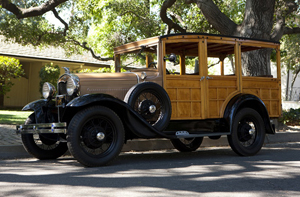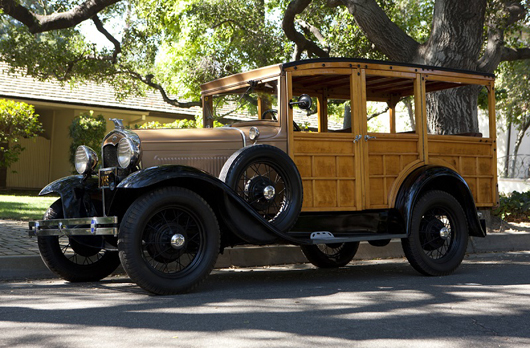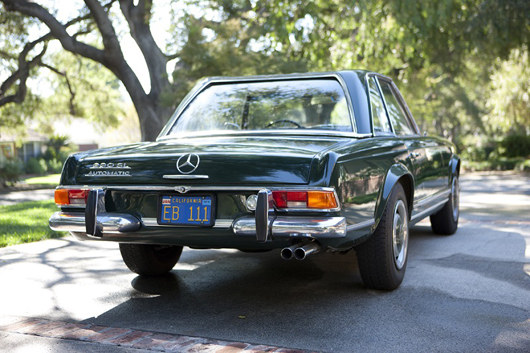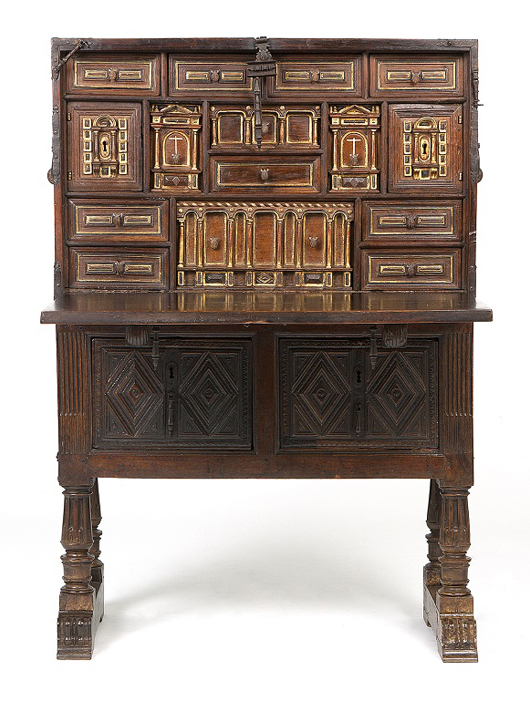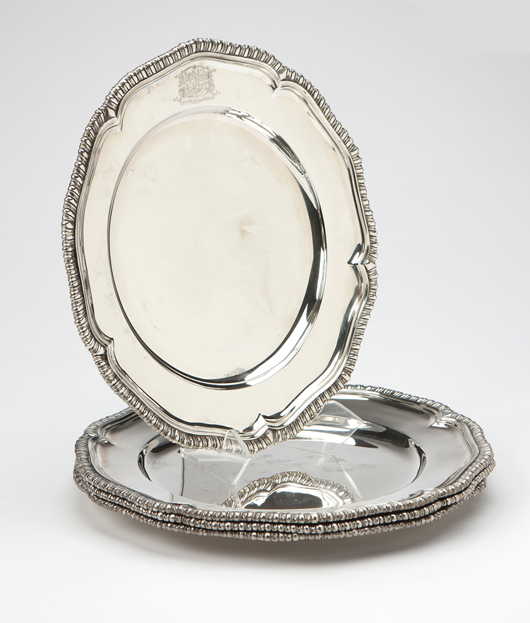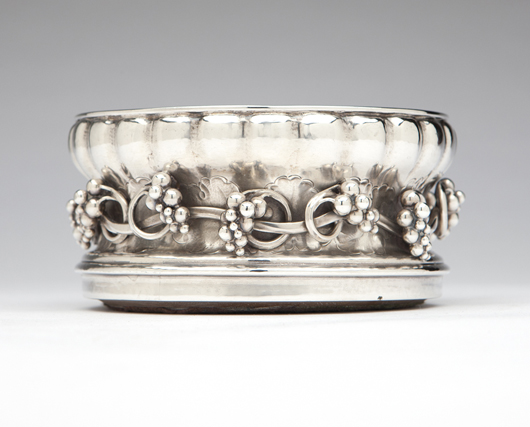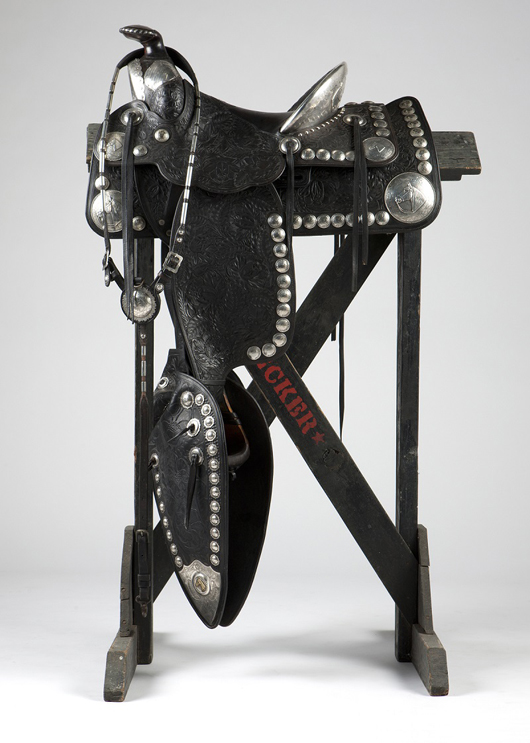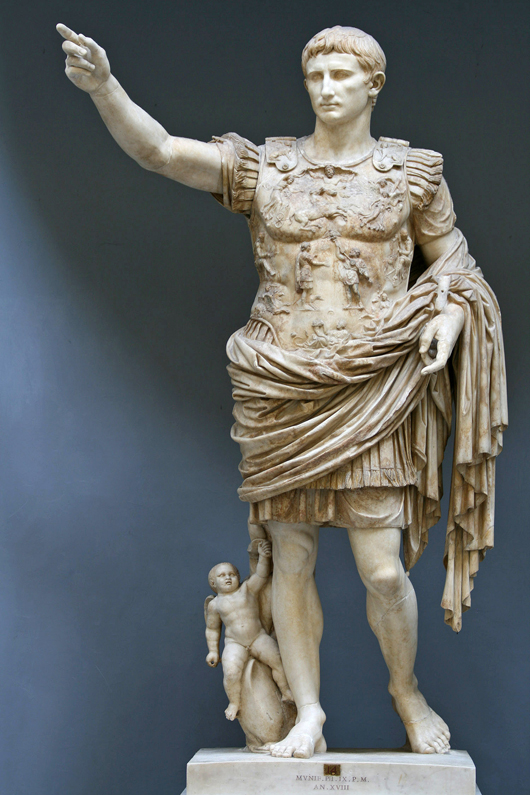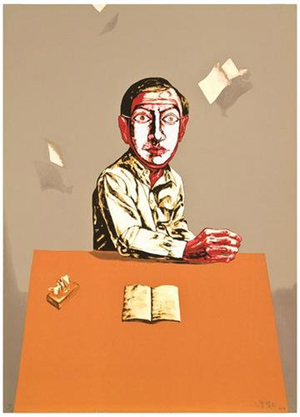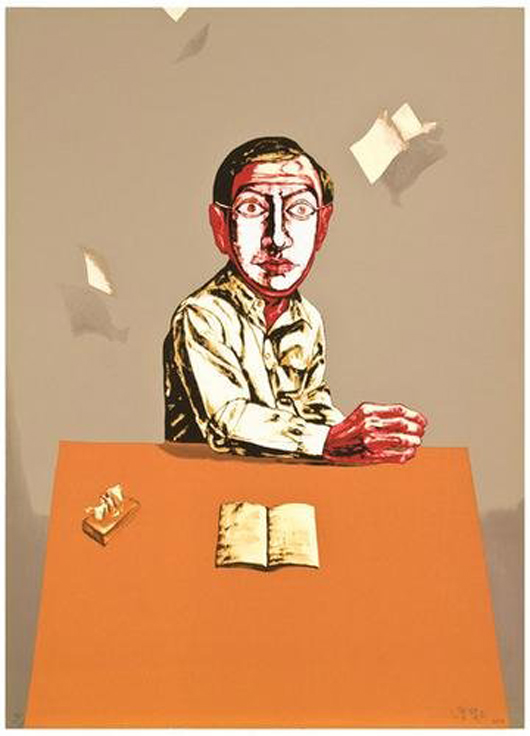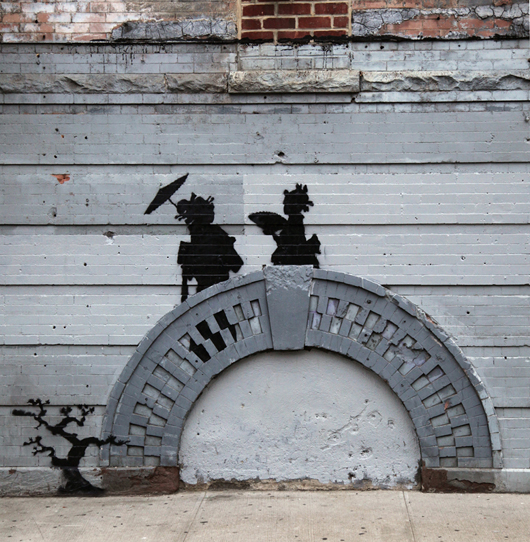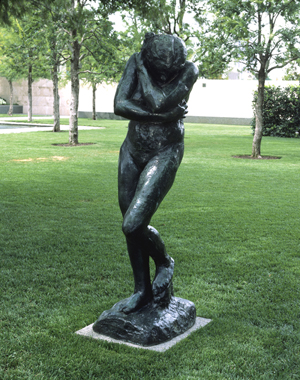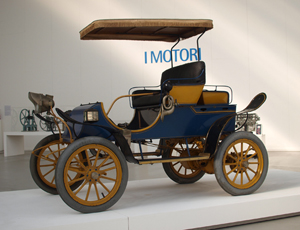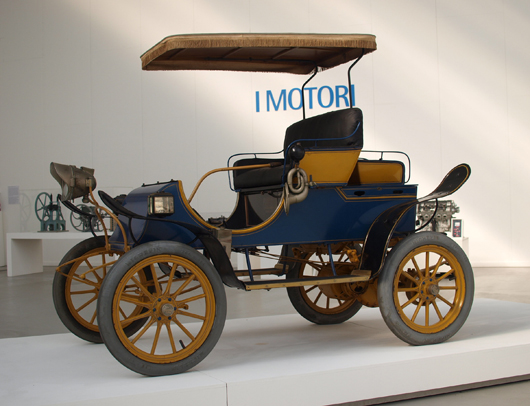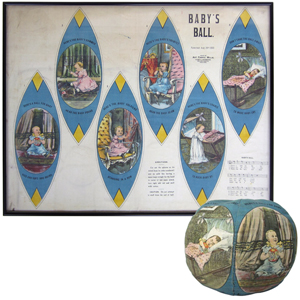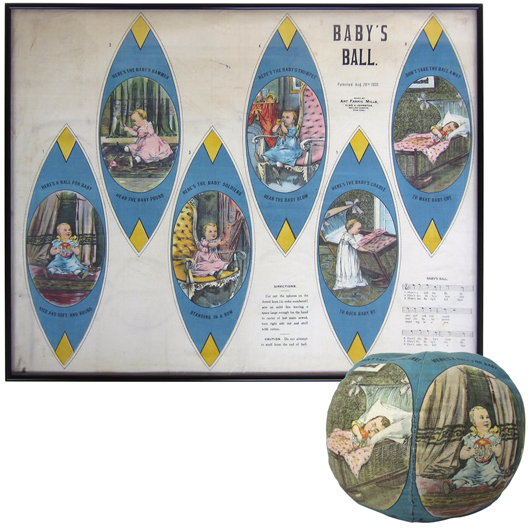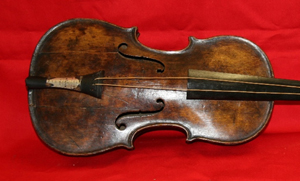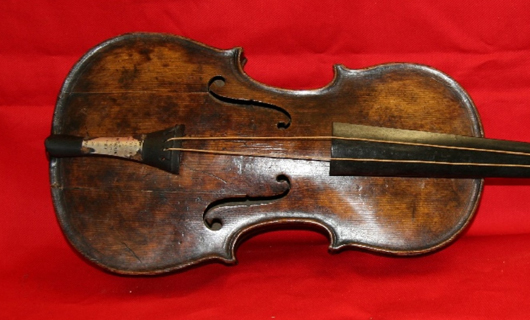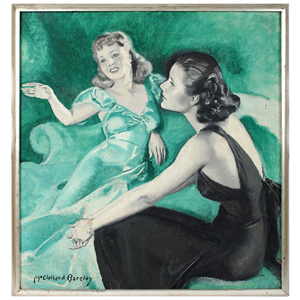
McClelland Barclay (American, 1891-1943), ‘Lydia & Sophie,’ signed, oil on canvas, 30 x 28 inches. Auction Gallery of the Palm Beaches.
WEST PALM BEACH, Fla. – Auction Gallery of the Palm Beaches Inc. will conduct a Major Fall Fine Art and Antiques Auction on Monday, Oct. 28 at beginning at 6 p.m. Eastern. This auction features property from several Palm Beach estates with some rare and seldom-seen fresh pieces coming to the auction block. In particular is a rare scroll painting by the revered Chinese artist Qi Baishi with provenance from the 1930s. LiveAuctioneers.com will provided Internet live bidding.
Also featured are an Alexander Archipenko bronze with authentication letter and a fabulous French mechanical clock from 1890 with the name “Lady with Her Hands in the Air.” There are over 350 lots of American and European paintings and prints, bronzes, sterling silver, Chinese antiques, Meissen porcelain, lalique, clocks, carpets, and much more.
The ink and watercolor scroll paintings of Chinese artist Qi Baishi (1864-1957) are heavily sought after in the Chinese art world. Scroll paintings are a traditional way of Chinese image making going back 1,000 years. The scroll paintings by Qi Baishi at first appear conventional and an interpretation from the past, however, their execution and attention to detail are what separate him from other Chinese artists of the 20th century. Lot 303 is truly an example of the artist’s unique style, and even though Baishi wasn’t the first artist to focus on small things in nature he was recognized for his careful and naturalistic way of painting the commonplace.
The work is a large ink and watercolor scroll painting of lotus flowers, measuring 54 1/4 inches x 27 inches. The painting is consigned by a Delray Beach resident who inherited the painting from her mother years ago. The painting has an exceptional provenance going back to her grandmother who lived adjacent the Imperial Palace in the 1920s. The painting is accompanied by a catalog of an exhibition of contemporary Chinese art at the Brooklyn Museum from 1939-1946, and is illustrated in this catalog. Additionally there is a photograph of the consignor’s mother and stepfather in front of the painting from the 1930s. The painting has not been offered for sale previously and has an estimate of $50,000-$70,000. The painting is expected to draw considerable interest as the artist has sold for as much as $65 million.
A bronze by Alexander Archipenko (1887-1964), lot 300, is highlighted, as it is one of only 12 authorized posthumous castings by the artist’s estate. The bronze, titled Dutch Fisherman, has a verde-gris patina and is 16 1/4 inches high. Archipenko is known for his departure from Neoclassicism to Cubism after he moved to Paris in 1908, where he was part of a group of Russian émigrés artists known as “La Ruche.” The use of the sculptural void is inherent in his work and this bronze amply illustrates his style. The piece is accompanied by a letter from Donald Karshan, former curator of the Archipenko estate dated Jan. 7, 1964. The rare bronze has an estimate is $30,000-$50,000.
The auction will offer some fine paintings and a collection of American prints from R. Motherwell, R. Indiana, R. Rauschenberg, J. Rosenquist, A. Calder, S. Francis, R. Grooms and many more including lot 115, a serigraph by Ellsworth Kelly, “Black Form”, from Portfolio 9, circa 1967, #4/100. Additionally, lot 287, a painting by American illustration artist McClelland Barclay (1891-1943), has a personal connection to a local woman; the painting includes the consignor’s mother in an interior scene with another couple seated on a sofa. The painting was done as an illustration for Medical Center, a series of dramatic novelettes by Faith Baldwin for Cosmopolitan, circa 1930s, and is accompanied by a copy of the pages published with the painting. The canvas measures 30 by 28 inches and is estimated at $8,000-$12,000.
This sale offers the collectors an array of opportunities to buy some unique pieces including lot 306, a circa 1890 French mechanical clock that is documented as being known as the clock with the lady with her hands in the air, translating to French as Bras en l’aire clock. This clock is another excellent example of the merging of whimsy with technical sophistication found in mechanical clocks from the late 19th century and is documented. The estimate is $25,000-$30,000. Lot 100 is another great and unusual clock. A French barbell clock with a 400-day power reserve in a gorge case and aneroid barometer. The clock dial is signed “Brevettee” and is 15 inches high and is estimated at $8,000-$10,000.
ADDITIONAL LOTS OF NOTE
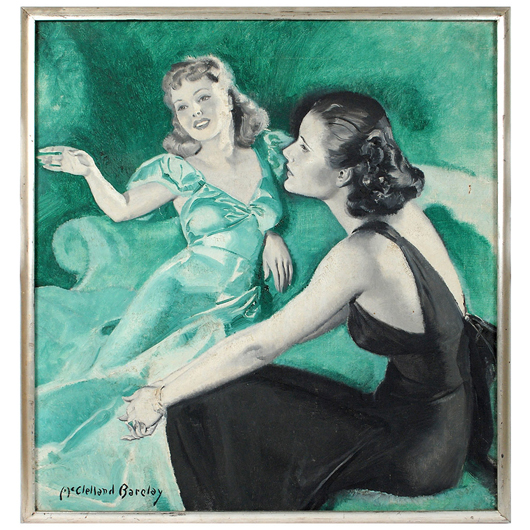
McClelland Barclay (American, 1891-1943), ‘Lydia & Sophie,’ signed, oil on canvas, 30 x 28 inches. Auction Gallery of the Palm Beaches. 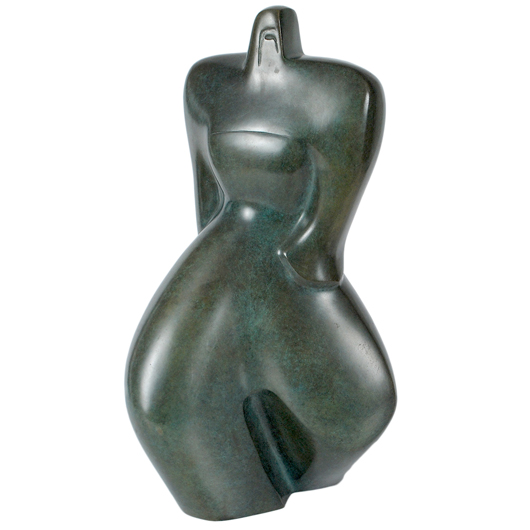
Alexander Archipenko (American, 1887-1964), ‘Dutch Fisherman,’ signed, no. 6/12, 16 1/4 inches high. Auction Gallery of the Palm Beaches. 
Qi Baishi (Chinese, 1864-1957), ‘Lotus,’ signed, ink and watercolor on paper, 59 x 32 inches. Provenance from the 1930s. Auction Gallery of the Palm Beaches. 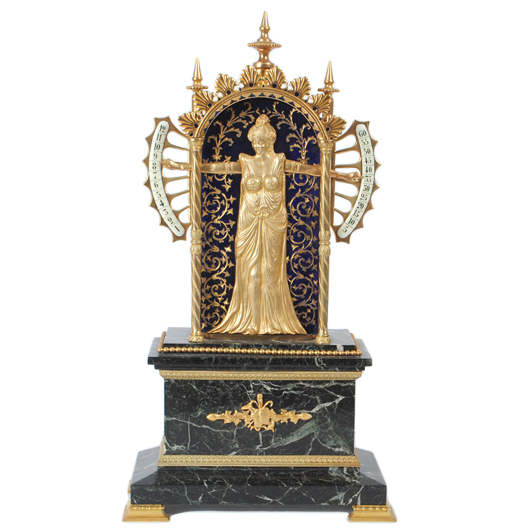
French mechanical ‘Bras en L’aire’ ormolu clock, circa 1890, 18 inches high. Auction Gallery of the Palm Beaches.


